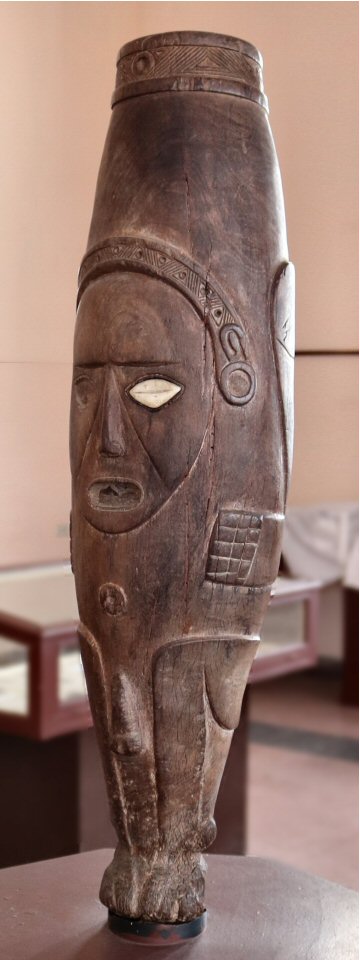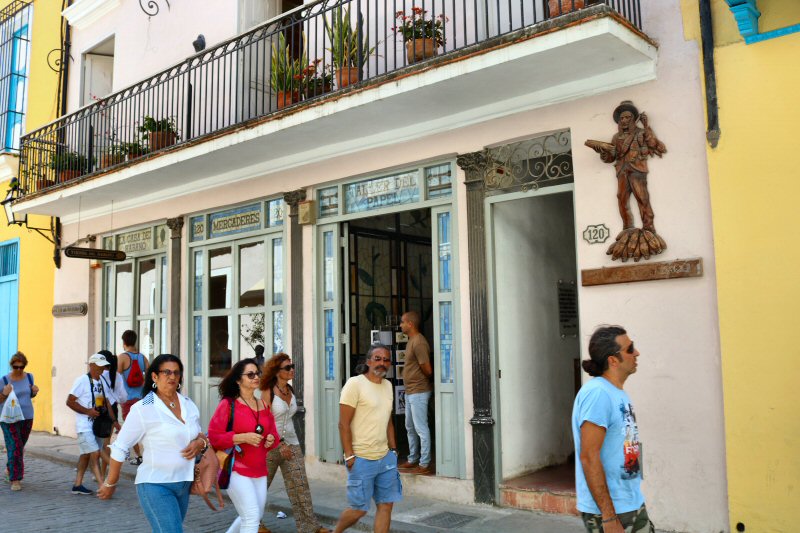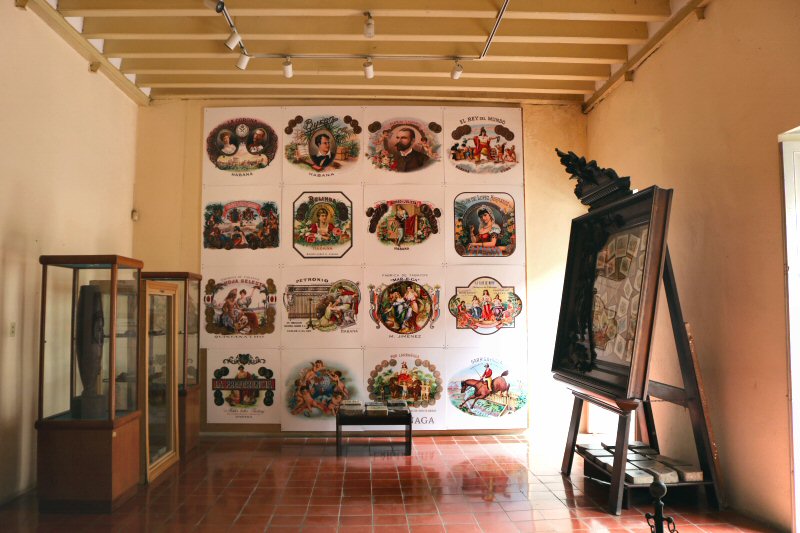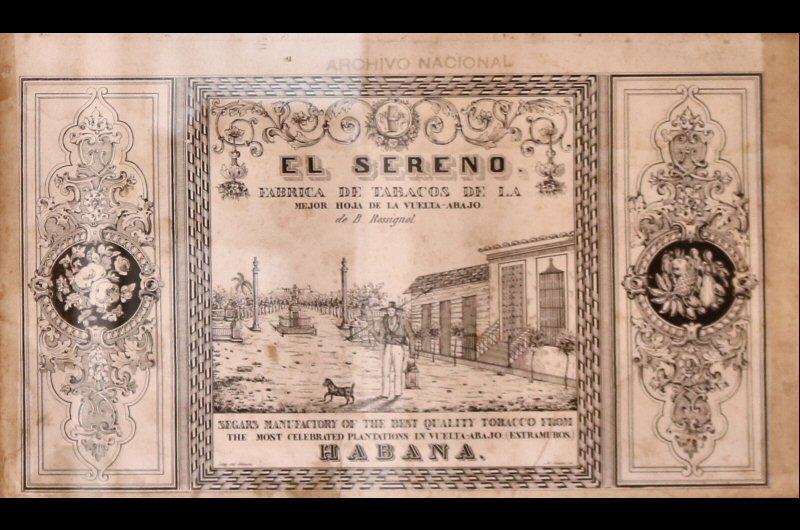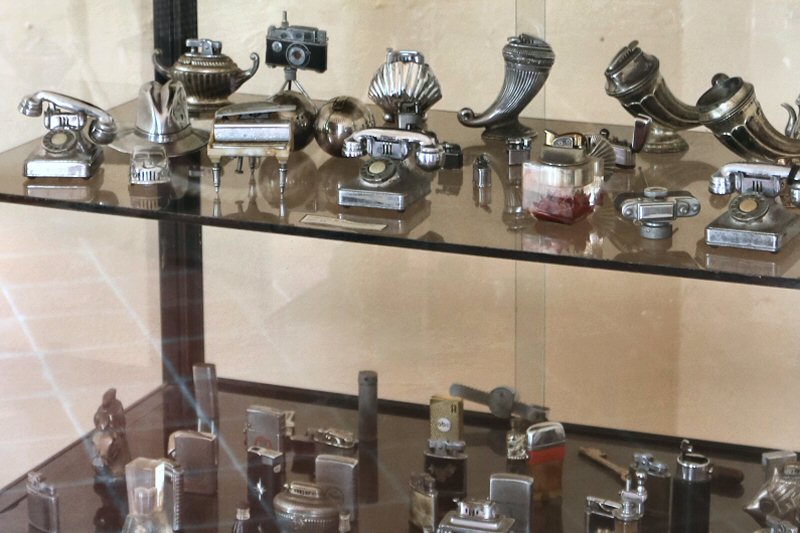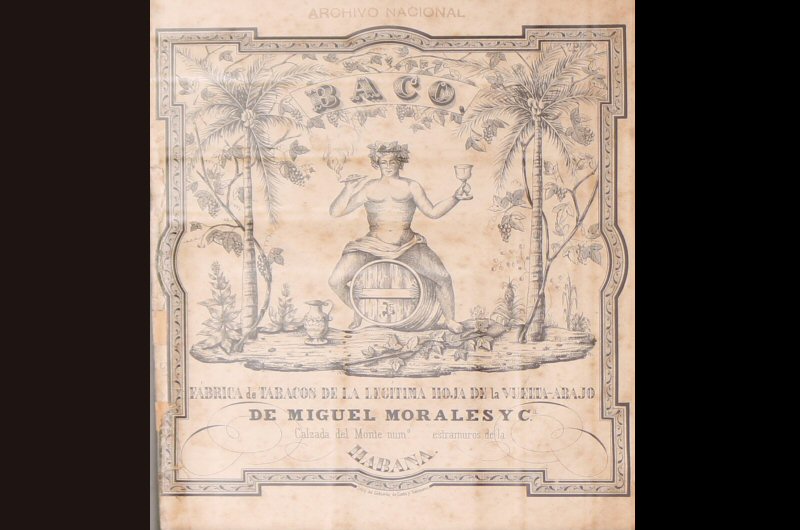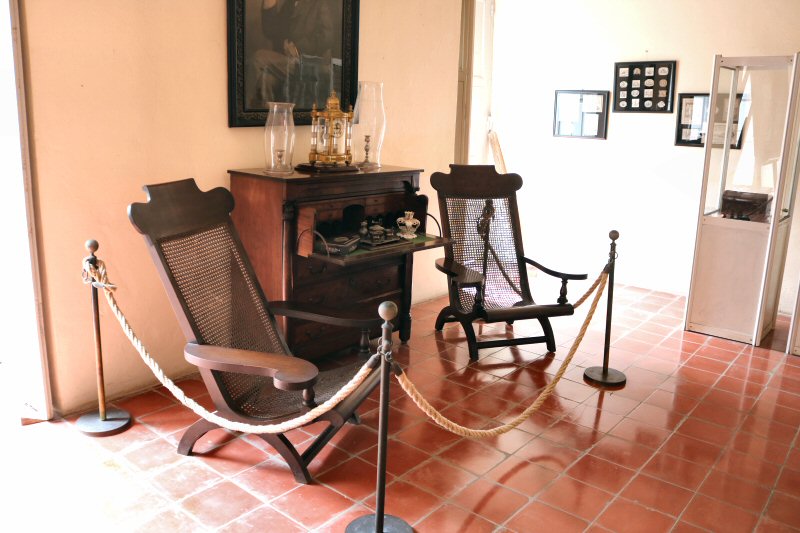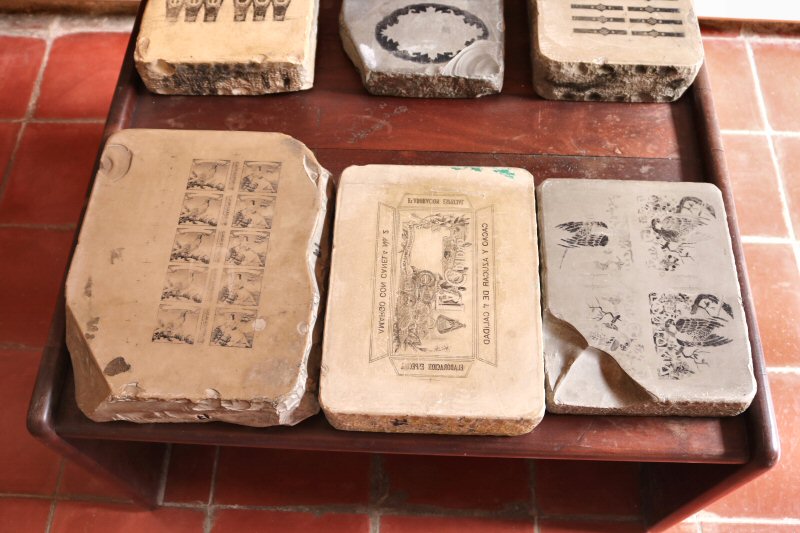
Museo del Tabaco
 There is not any sufficient
documentation that specifies the construction date or the first
owners of the house that is occupied by the Museo del Tabaco
(Tobacco Museum) today, but it is certain that this building
belonged to the family of Bartolome Luque in the 18th century,
and subsequently passed into the hands of different owners.
After a comprehensive restoration, it was inaugurated as the
Museo del Tabaco in 1993 to conserve and to show collections
linked to the culture generated by tobacco.
There is not any sufficient
documentation that specifies the construction date or the first
owners of the house that is occupied by the Museo del Tabaco
(Tobacco Museum) today, but it is certain that this building
belonged to the family of Bartolome Luque in the 18th century,
and subsequently passed into the hands of different owners.
After a comprehensive restoration, it was inaugurated as the
Museo del Tabaco in 1993 to conserve and to show collections
linked to the culture generated by tobacco.
A sign of a man, smoking a cigar and
carrying bundled tobacco leaves, indicates the entrance of the
building. A narrow staircase leads to the museum on the first
floor.
At the entrance of the main exhibition
hall, a large photo of a tobacco farm in Vuelta Abajo, hung on the wall,
welcomes you. There is also a table of the torcedor with its
guillotine. Torcedor is the person that twists the cigar. Other
pieces, exhibited at the entrance, such as a nineteenth-century
press of the La Corona factory, a nice humidor and a big
polished wooden ashtray encourage the visitor to enter the
museum that in fact has a limited space.
In the center of the exhibition, a
wooden dropdown desk cabinet with two wooden chairs constitute
the reading corner; it is one of the constant features of the Sala del
Tabacos.
The walls are covered with the
marquillas (labels) of prestigious cigar brands from the 19th
and 20th centuries. The showcases are full of modest collections
of ashtrays, pipes, snuffboxes etc., from 17th to 19th
centuries. There is also a substantial set of the 20th century
lighters in all kinds of shapes and designs, from miniature
telephones to a dinky piano and a hand grenade.
The wooden replica of the Cemí de la
Gran Tierra (idol of tobacco) is exhibited in a showcase. The Cemí is the oldest sculpture in Cuba (from the 10th or 11th
century), discovered by two peasants on Gran Tierra mountains in
Maisí, province of Guantánamo, at the beginning of the 19th
century. It was carved in black guayacan tree. It was almost 1
meter high and had a long, semi-cylindrical shape, similar to a
cigar. Its original is on display in the Museo Antropológico
Montané. It represents the image of one of the Gods of the
Taínos. Due to the similarity of the figure with a gigantic
black tobacco, it is also known as the Idol of Tobacco. It
demonstrates the high value that the tobacco had for the Cubans since
the period of native Indians.
There is also another collection,
composed of a set of pipes and cigar nozzles that were found in
Matanzas Bay and in the excavations in the Palacio de los
Capitanes Generales. They are made of kaolin and clay.
The vast collection of
lithographic stones from the Bavarian region in Germany should
be not missed.
Lithography was the first printing technique, introduced into
Cuba as the art to make tobacco illustrations. Their examples
from the 1880s can be seen on the wall.
There is also a shop next to the Museo
del Tabaco that was inaugurated in May 1994 (Tienda
del Habano or La Casa del Habano). In this cozy shop different
brands of cigars and their supplies are sold. There is also a
collection of different kind of lighters, snuffboxes, tobacco
boxes of brands that no longer exist, marquillas, ashtrays etc.
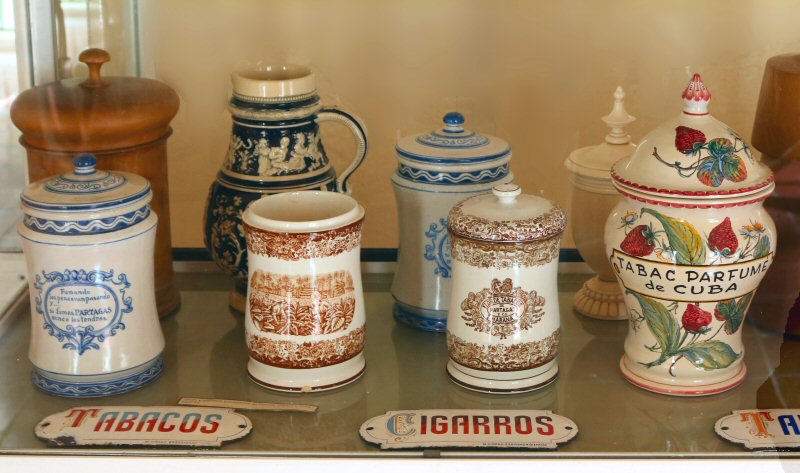
The Museo del Tabaco is located on the
Mercaderes street #120, between the Obispo and the Obrapia
streets.
Sunday 09:00-13:00
